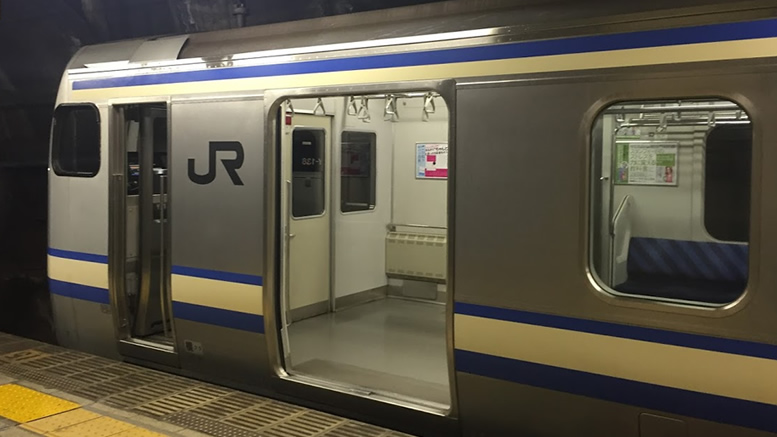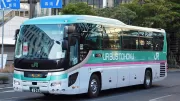The Japan Rail Pass is a popular choice for many visitors planning to travel around Japan, and it can save you quite a bit of money. However, the pass has a few limitations that may make it unsuitable for some travellers.

The pass is available to anyone visiting Japan on a temporary visitor visa. It must be purchased before arriving in Japan, either through a travel agent, a JAL office, a Japanese tourist office, or a Nippon Travel Agency. Once you’ve paid for the pass, you’ll receive a voucher, which is then exchanged for your actual rail pass at a designated station or collection centre in Japan. Be sure to have your passport with you to prove your identity and visa status when collecting the pass.
There are several types of passes: 7-day, 14-day, and 21-day options, available in both Ordinary Class and Green Car (superior class). Child passes are also available.
The pass is valid on JR lines only, including most Shinkansen bullet trains, except for Nozomi express services on the Tōkaidō and Sanyō Shinkansen lines, which is a drawback for some travellers. It also covers JR local, express, and rapid trains, as well as certain JR buses and JR ferry services. However, some conditions and restrictions may apply—it’s best to check the official JR website for up-to-date details.
Importantly, the pass is not valid on non-JR railway networks, and visitors should be aware that many private rail companies operate in major cities like Tokyo and Osaka. In some cases, it may be more practical to use a different network for your travels, meaning the JR Pass may not offer good value. However, for those planning to use JR services extensively, particularly for longer intercity journeys, the pass can be an excellent investment.
Personally, we have never purchased the Japan Rail Pass, as it hasn’t suited our travel needs. Recently, while in Tokyo, we opted for the JR Tokunai Pass, a 1-day all-you-can-ride ticket for JR trains within Tokyo, as we were using JR lines exclusively for that day. On other occasions, when we calculated that our JR travel would cost less than the Tokunai Pass or when we were using other networks, we simply used our Suica card.
The Suica is a rechargeable IC card that offers a convenient alternative to buying individual paper tickets for each journey. It can be used on all major rail and bus networks in the Tokyo and Yokohama areas. With good planning, we spent around ¥1,000 per day on transport. After crunching the numbers, we found the JR Pass wasn’t worth it for the duration of our stay.
At the time of writing, the JR Tokyo Metropolitan District Pass (Tokunai Pass) costs ¥760, making it a cost-effective option for a full day of travel on JR lines within Tokyo.
UPDATE: June 2023
JR have announced a major price hike to the JR rail pass from October 2023, but we have no pricing details at the time of updating this post. Check the JR site below to see the current prices.
For more information on the JR Rail Pass visit JR’s Website
http://www.japanrailpass.net/




